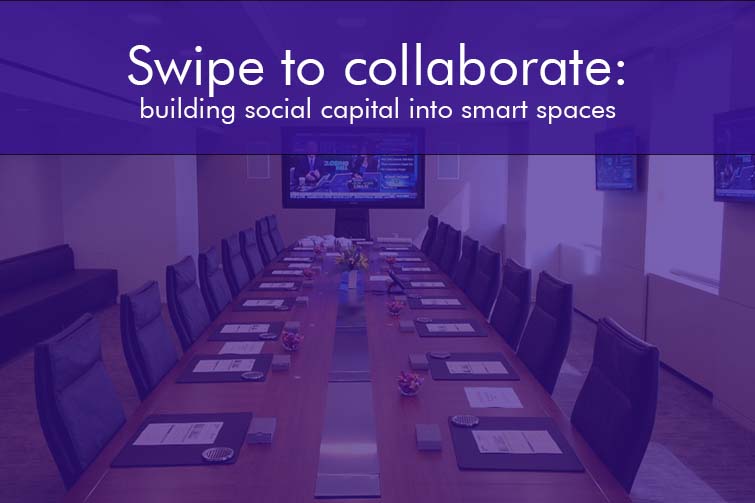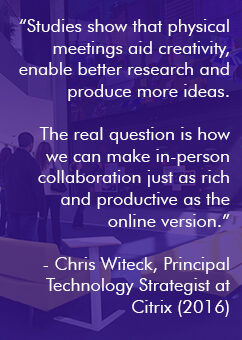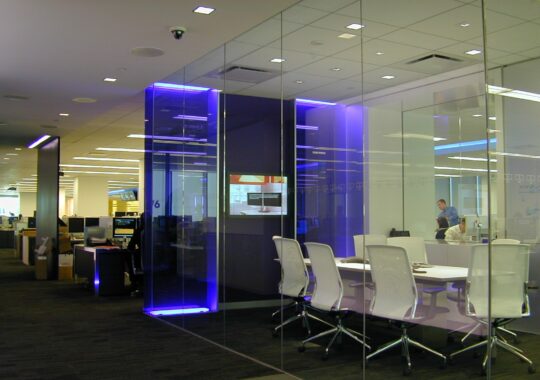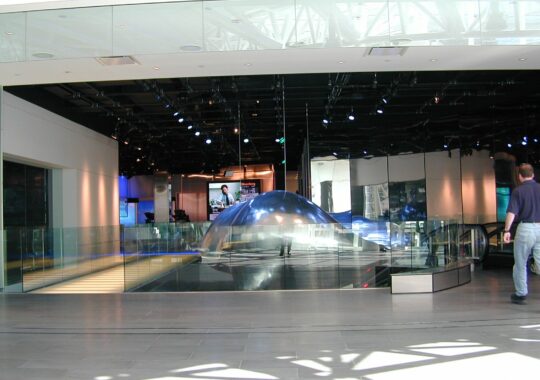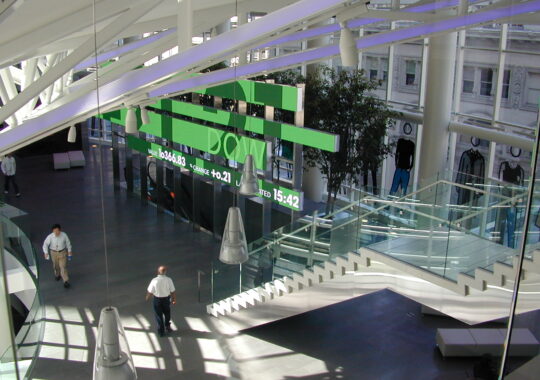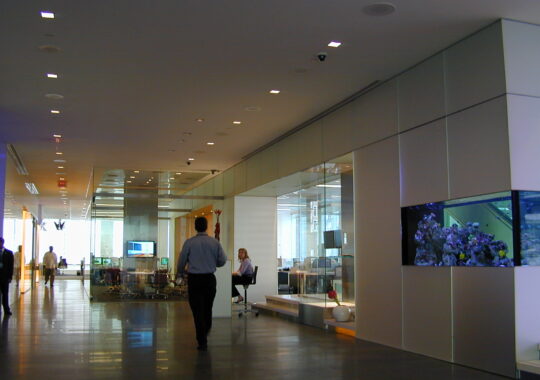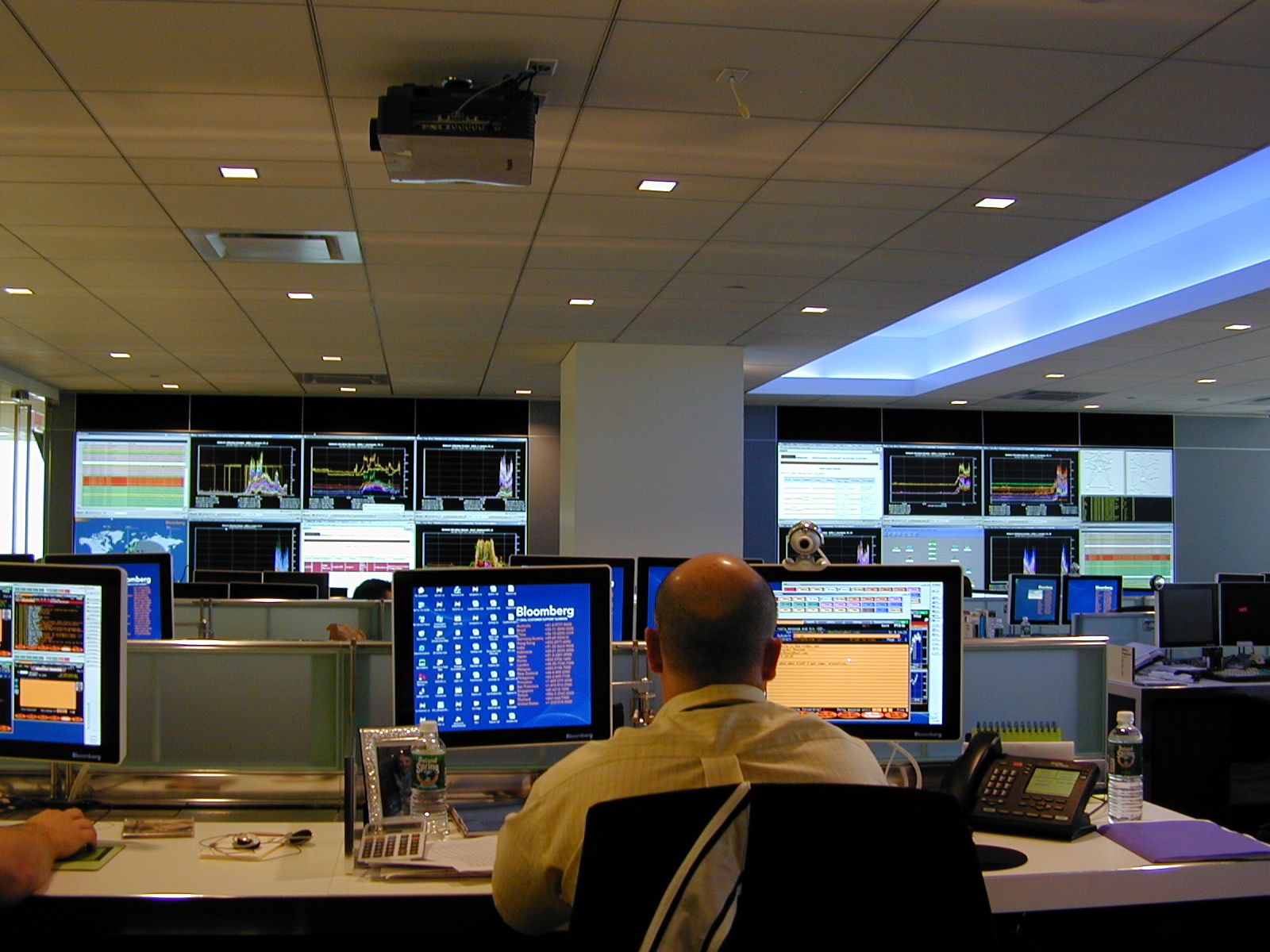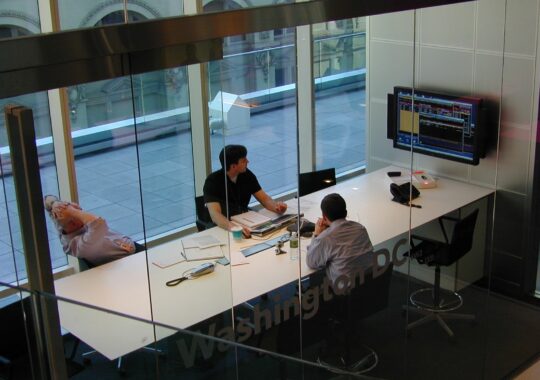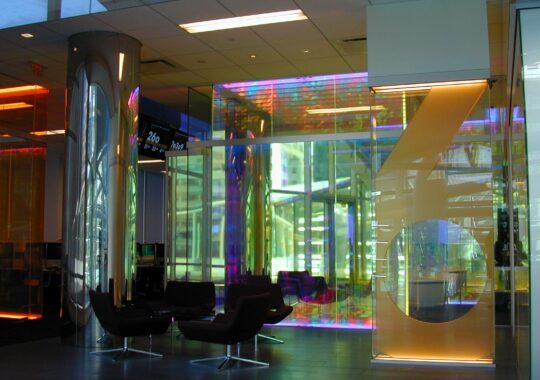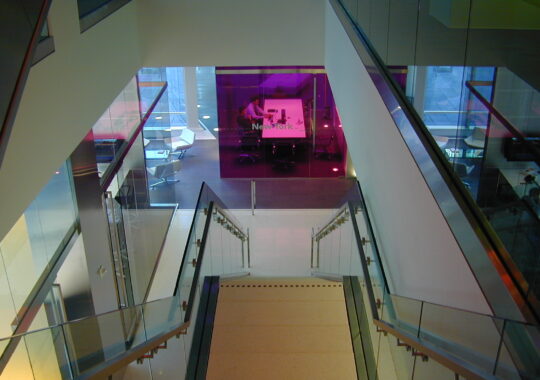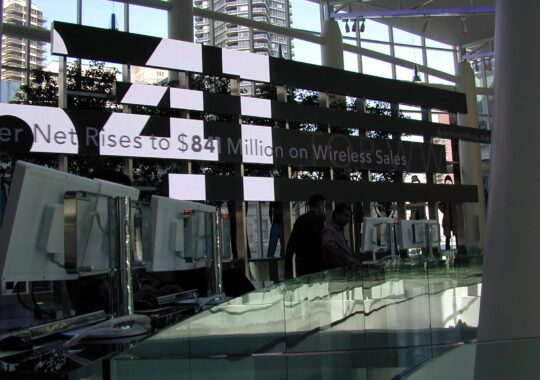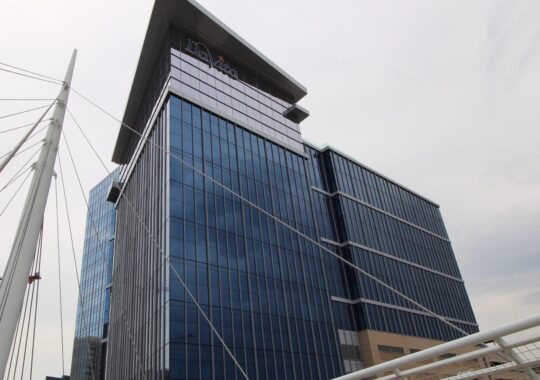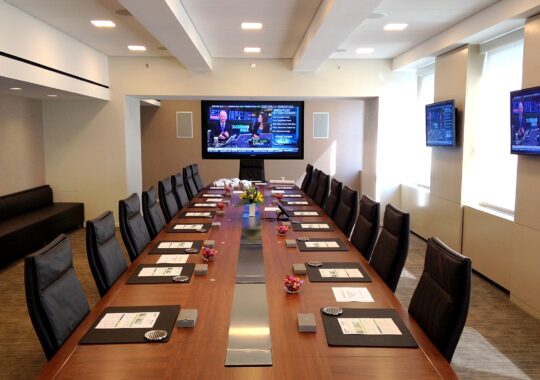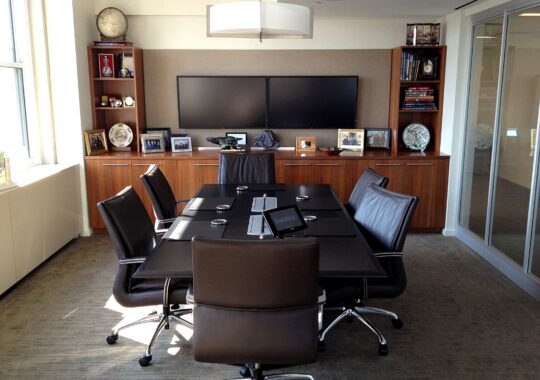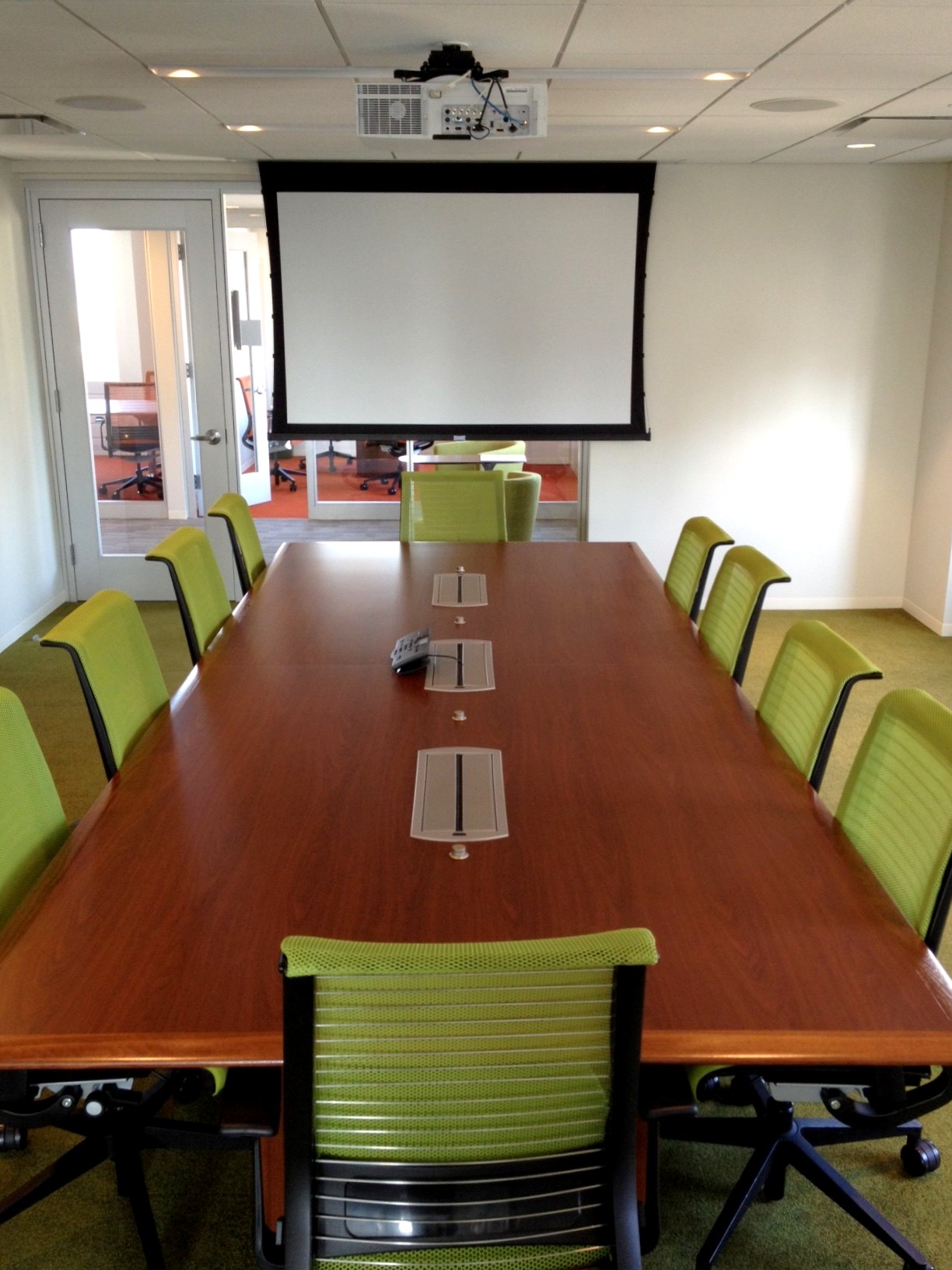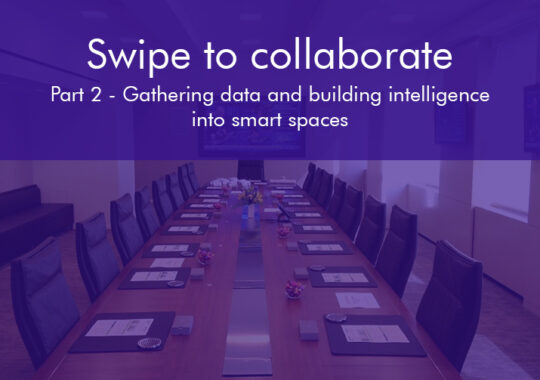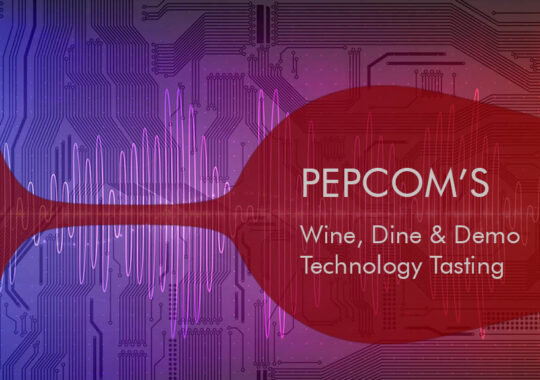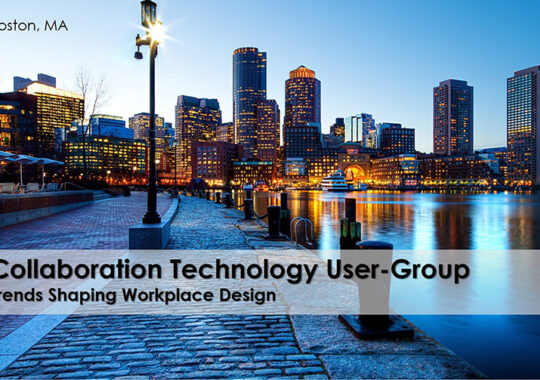How to get more ROI from office space planning tools: apply behavioral intelligence to building smarter collaboration spaces
If we swipe into buildings, into our cubes, and into reservation panels outside conference rooms to maximize efficiency, why not apply behavioral intelligence beyond the threshold of the collaboration space? We can bridge gap between smart facility planning and collaboration technologies, by leveraging social capital to substantially improve business productivity. This is the intersection of smart buildings, intelligent spaces, IoT and Unified Collaboration. Work space optimization combined with the advancements in IP networking is driving predictive behavior and machine learning throughout our smart spaces, exploiting big data and cognitive processing to enhance business productivity.
The internet is now considered the building’s 4th utility: after water, power and ventilation, Ahamed, 2014. The IP network integrates building technology systems, converges building automation, communication, audio-visual, security and public safety; providing the building owner greater flexibility and the developer more cost effective design. Internet-based building technology systems deliver actionable information and reduce costs for landlords, but we cannot forget about the tenants and technology needed to collaborate after the space is built.
Digitization in intelligent business spaces parallels the dramatic changes occurring in retail: Uber is a transportation company that does not own any cars. Airbnb is a residential properties company that does not own any property. Alibaba grew into the largest e-commerce company by selling transactions, not products. Corporations will soon have thousands of employees and own no office space. WeWork, is a $10 billion dollar co-working company proving just that. A hot desk @ $15/day provides more than a temporary office space: it’s a community, with an infinite stream of freshly roasted coffee, happy hours and workshops. Conference rooms rent out at $25/hour; and the collaboration coming of these rooms must be equally vital as the local amenities since our teammates are remote too.
As individuals empowered by mobility, with the choice to work anywhere, the spaces we occupy have to provide a material impact on our productivity. With the consumption of office space measured to the hour, businesses achieve successful work space productivity through enablement platforms that respond to people moving around at will, wireless access to data, knowing the whereabouts of teammates and the nearest space to gather. Workplace intelligence should not stop at desktop or the conference room door, however. Providing location awareness and digital context creates personalized and relevant services that can expedite the meeting experience. If we can figure out who you are and why you are there, we can use workflow engines to orchestrate both the physical and virtual space and respond to your requirements, which means more than automatically dimming the lights and lowering the shades.
How do smart spaces help people collaborate? The same way we use a find-my-friends apps in hot desk environments – or more appropriately find somebody who knows about “X” since the signs are gone above designated support areas, as skills profiles now follow identities, not locations. We need both physical and virtual ways to find people and sift through data. The office layout and desktop software applications are similarly homogeneous, and the information we seek could be stored anywhere. In order to create value, the space and experience have to be unified, anticipating our unique requirements.
By combining equal portions of facilities intelligence and user empowerment, we can extend predictive behaviors to unify our collaboration investments. Today’s wayfinding technologies only gets us to the door of the nearest available conference room. Insert occupancy data into Deep Learning (using open source tools like Google’s Tensor flow), could enable our smart spaces to respond, “Say, we’ve seen this behavior before”, and suggest an answer that saves time and maximizes productivity. Building intelligent collaboration spaces starts by gathering insight to improve efficiencies, but to be capitalizable, it has to contribute to more meaningful work experiences. If there is no social capital consideration, there will be pushback.
Summary
The office space is a living organism that thrives on workflow analytics. If we apply business intelligence and location analytics down to the space level, we can build in technology that is best suited to the user’s requirements. The gathered utilization data can bridge the gap between facilities engineering and collaboration solutions when applied to tools that empower both the collaborator and the facilities managers.
The next post: how to gather data and build real intelligence into collaboration spaces.
References
Ahamed. A. (2014). Smart building technology – how ITC engineers can change the community. Intense School.
